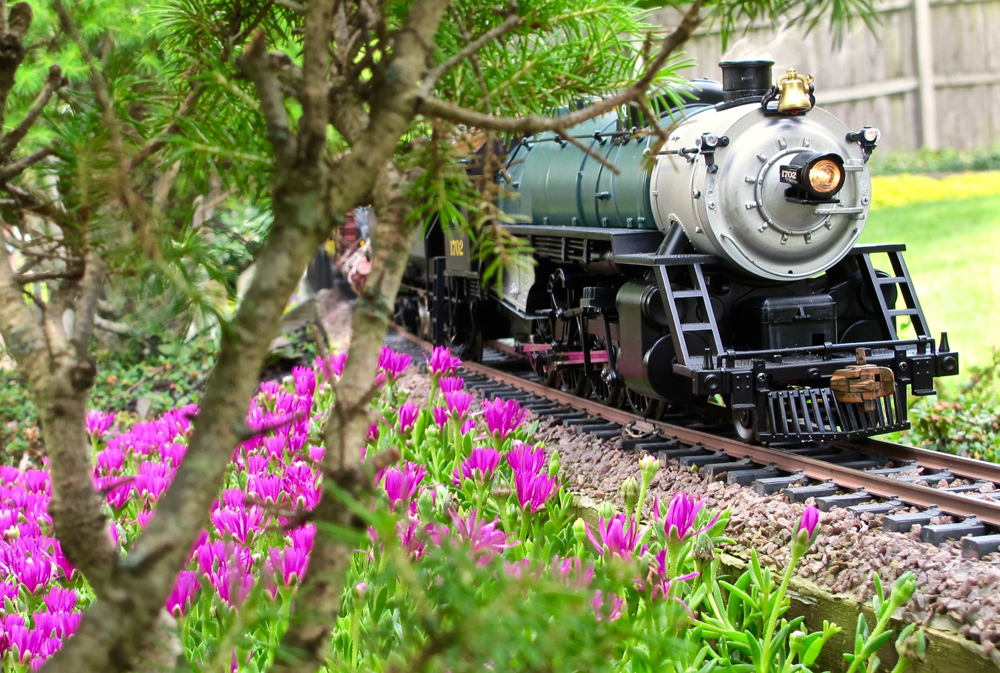
Trailing ice plant Common name:
Trailing ice plant, Cooper’s ice plant Latin name:
Delosperma cooperi USDA Hardiness Zones: 6 to 9 Cultural needs: Well-drained soil, sun or part shade Plant size: 3-inches high by 3-feet wide Sometimes called hardy ice plant or purple ice plant, this low succulent is not to be confused with the […]
Read More…
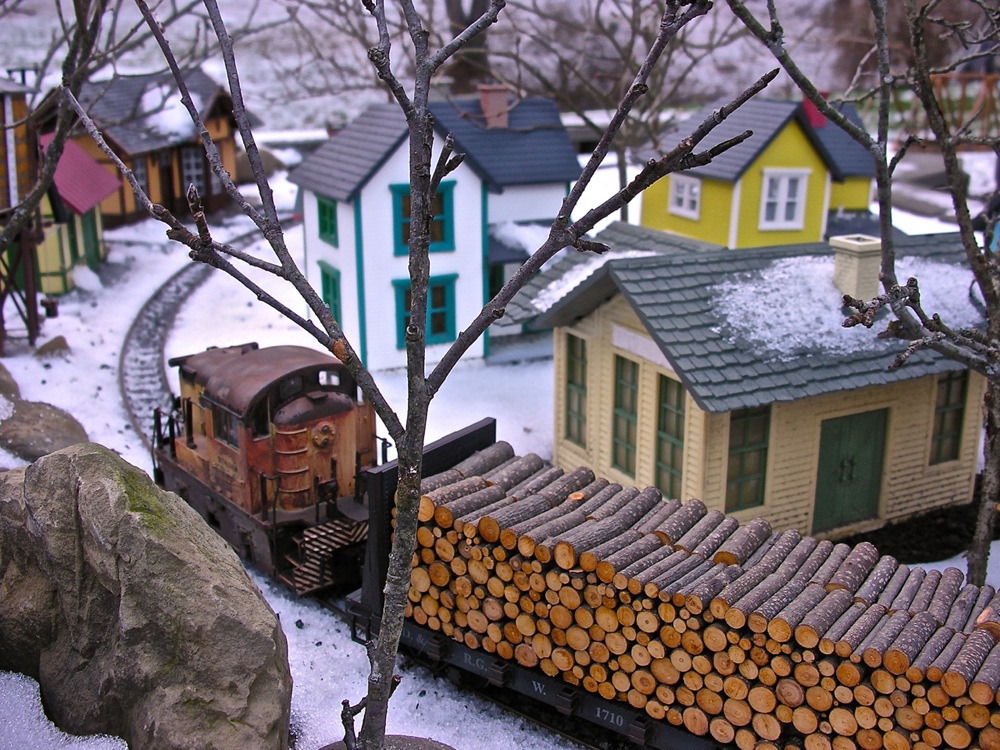
I am a member of the Genesee G Gauge Railway Society and enjoy garden railroading in the snow. My Crow Haven line is in Springwater, NY and was built over the last five years. It is comprised of 300+ feet of track on three levels, three trestles, 72 buildings (each with solar lights), 24 diecast […]
Read More…
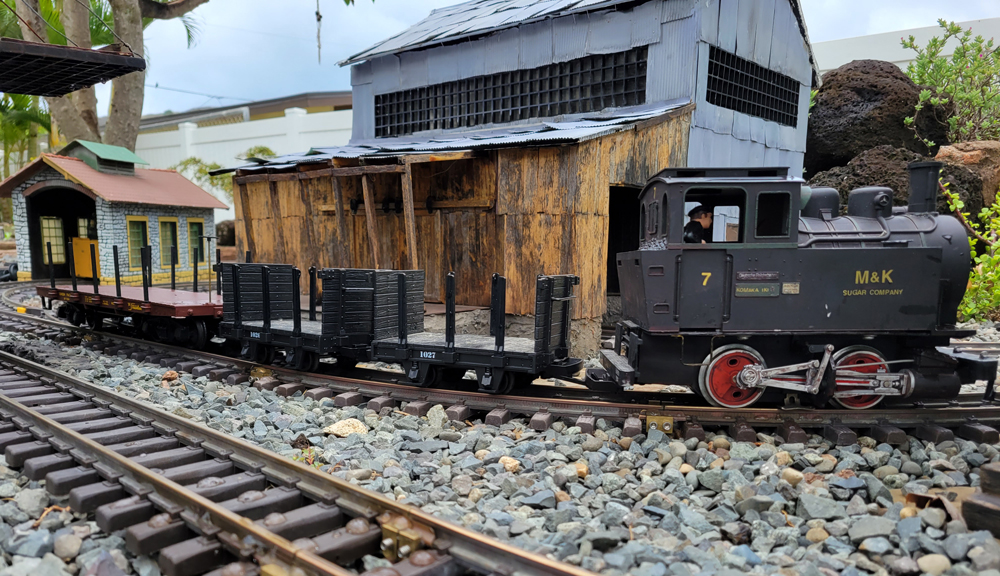
Garden railroading in Hawaii: In late 2013, my wife set in motion a scheme that eventually became the Oberammergau, Ogden & Olomana Railroad – the Triple O. A few books, a GR subscription, and a year of study later, and we broke ground on what has become a family project to bring a stylized piece […]
Read More…
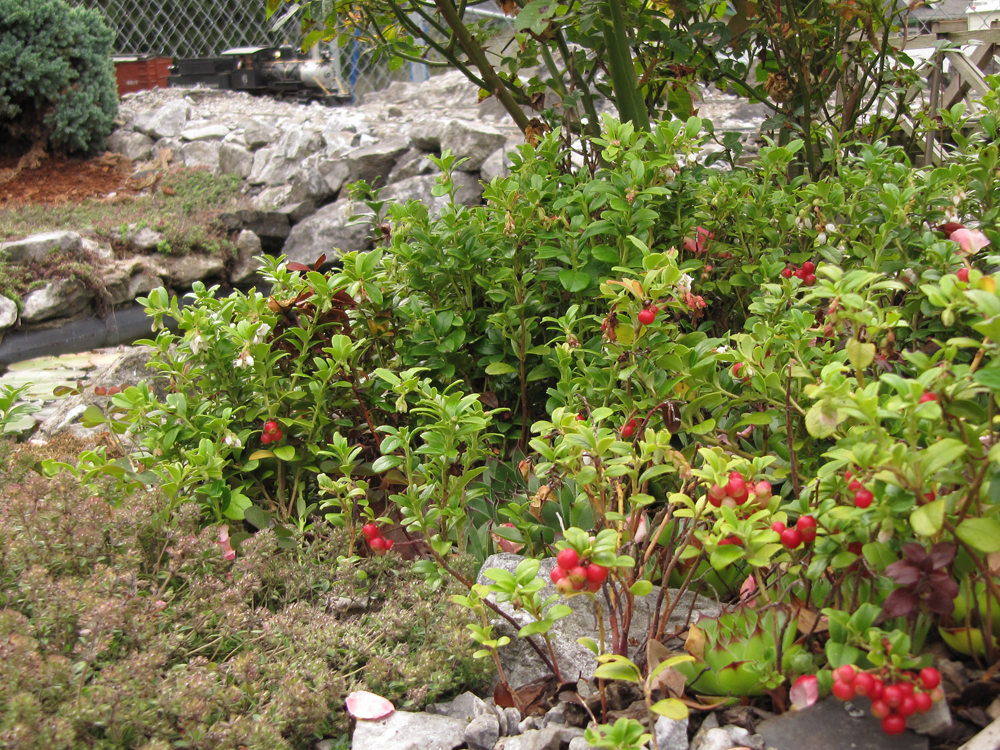
Lingonberry or mountain cranberry Common name: Lingonberry, mountain cranberry Latin name: Vaccinium vitis-idaea Plant type: Perennial USDA Hardiness Zones: 2-6 Cultural needs: Moist, well-drained, very acidic soil, full sun to partial shade Plant size: 4-12″, depending on variety and culture Hello, Zone 2 gardeners! This naturalized Scandinavian import is hardy to -50°F! Mountaincranberry, […]
Read More…
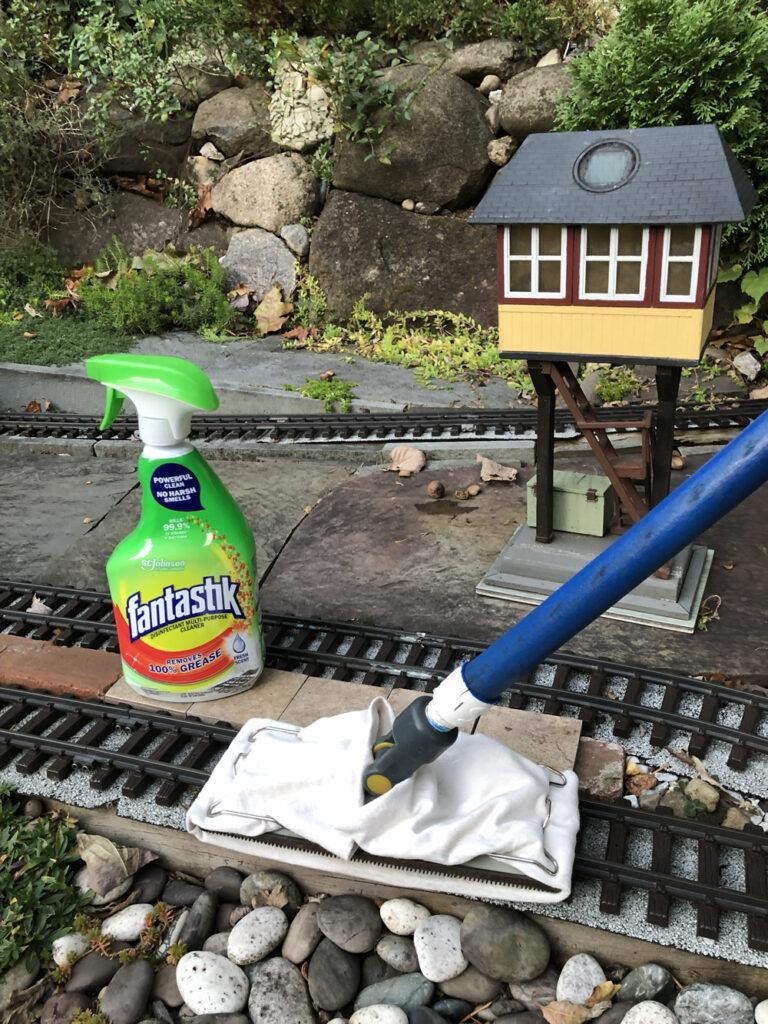
Clean track and repel critters: I’ve been running my garden railway for about nine years. While operations have been successful, I’ve had to deal with two recurring challenges that seem to affect other large-scale operators as well, namely connectivity and Mother Nature. Connectivity issues usually means either bad joint connections between pieces of track or […]
Read More…
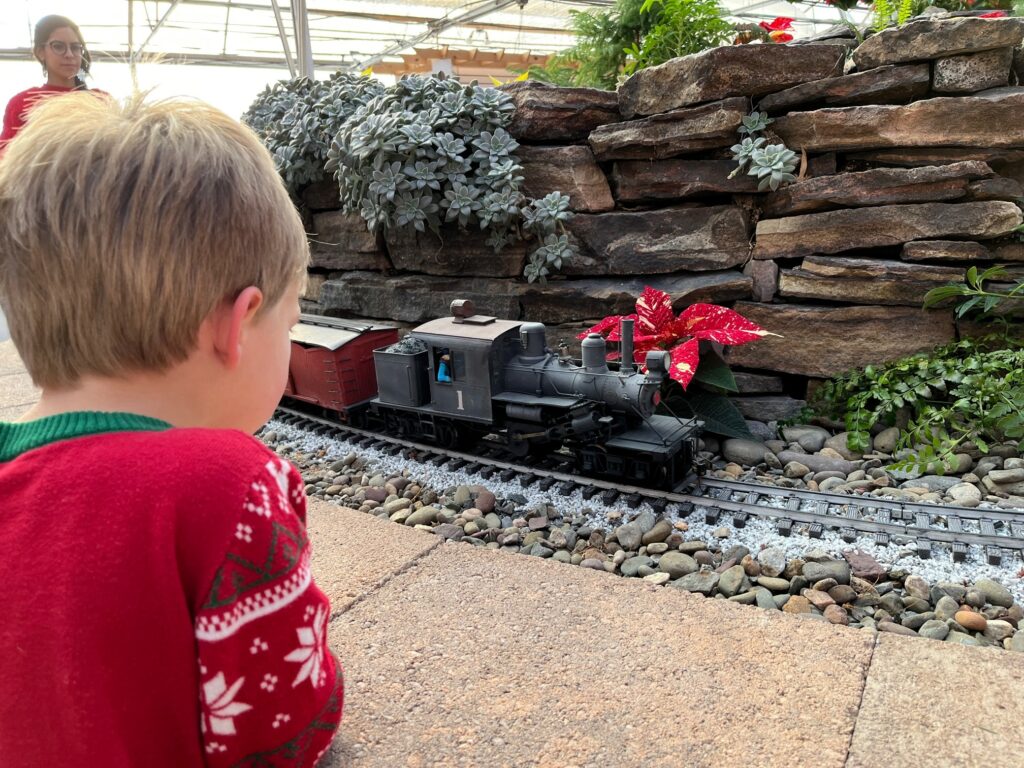
Everyone knows hobby shops, trains, and holidays just go together. Right? I was recently talking to the owner of my local hobby shop, Cool Trains in Lancaster, Pa. Our chats usually kick off with an update around how business is going. I shouldn’t be surprised that his response is that summer is slow, but that […]
Read More…
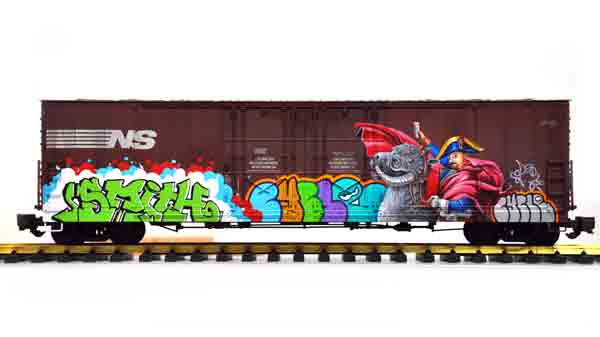
Large scale boxcars and graffiti in an art exhibit: The Museum of Contemporary Art in Los Angeles (MOCA) opened its Art in the Streets show on April 17, 2011. It is the first major US museum exhibition on the history of graffiti and street art, tracing its development from the 1970s to the global movement […]
Read More…
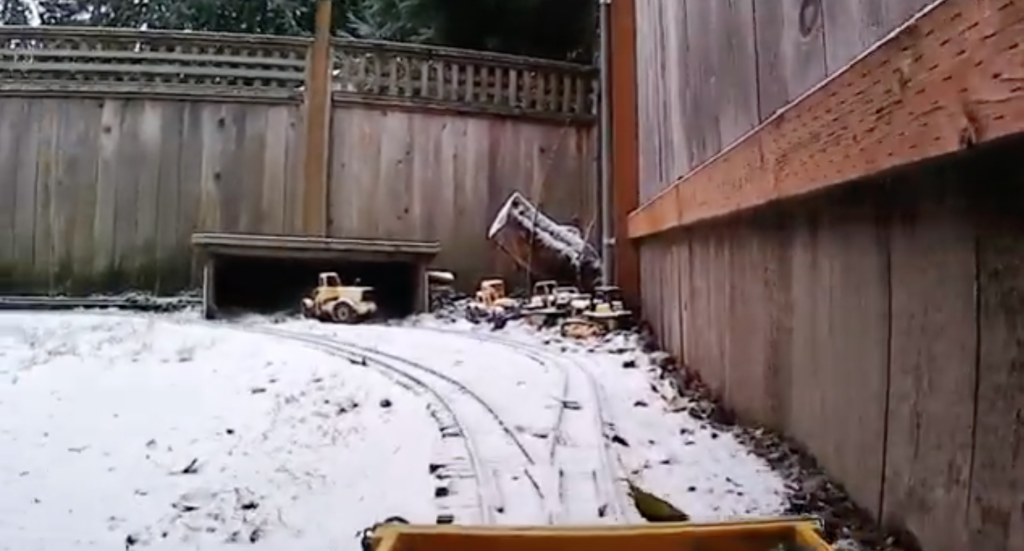
Name: Ray Wheeler Railroad Name: Jericho & Mt Zion Railway Location: Lynnwood, WA Scale: G scale Theme: Tourist railroad with freight operations in the modern era.Description: “November Plow Patrol” – Ride along on J&MtZ plow car #628 with Engine # 20 and Caboose 02 make a snow patrol run on the main track. Music from […]
Read More…
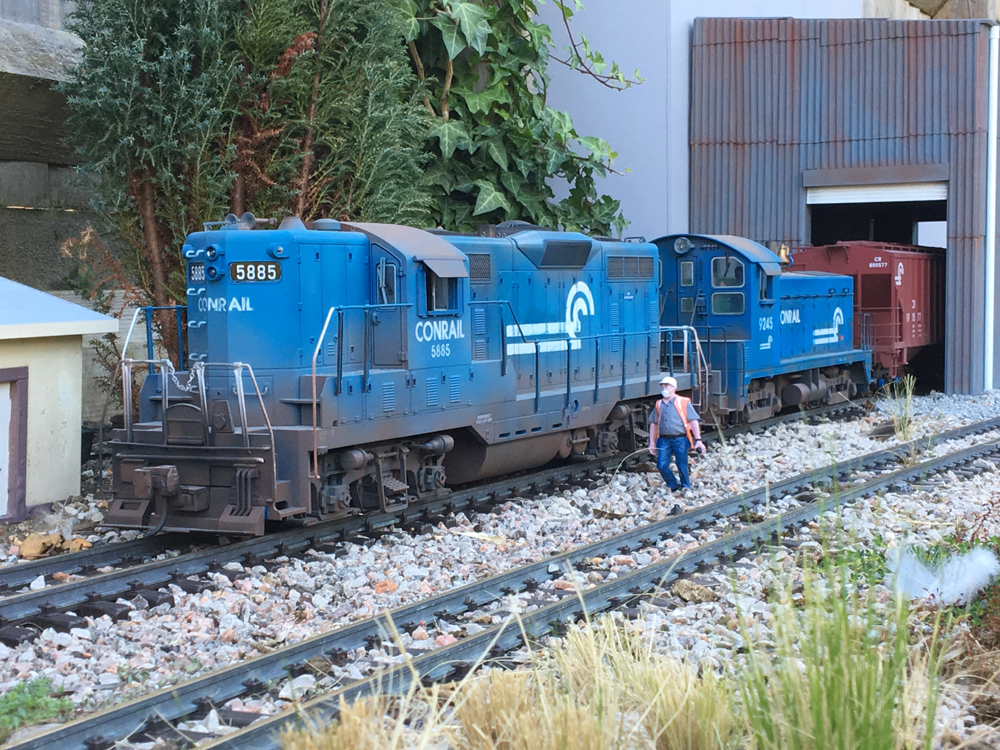
Conrail diesels in large scale: Mark Bottrill’s Bishopstown Subdivision is designed to summon up memories of Conrail’s heyday in the Northeast, but it’s located in the Buckinghamshire county in the south of England! The railroad has a 600-foot double-track mainline, and features a number of rail-served industries, including a steel recycling facility and a large […]
Read More…
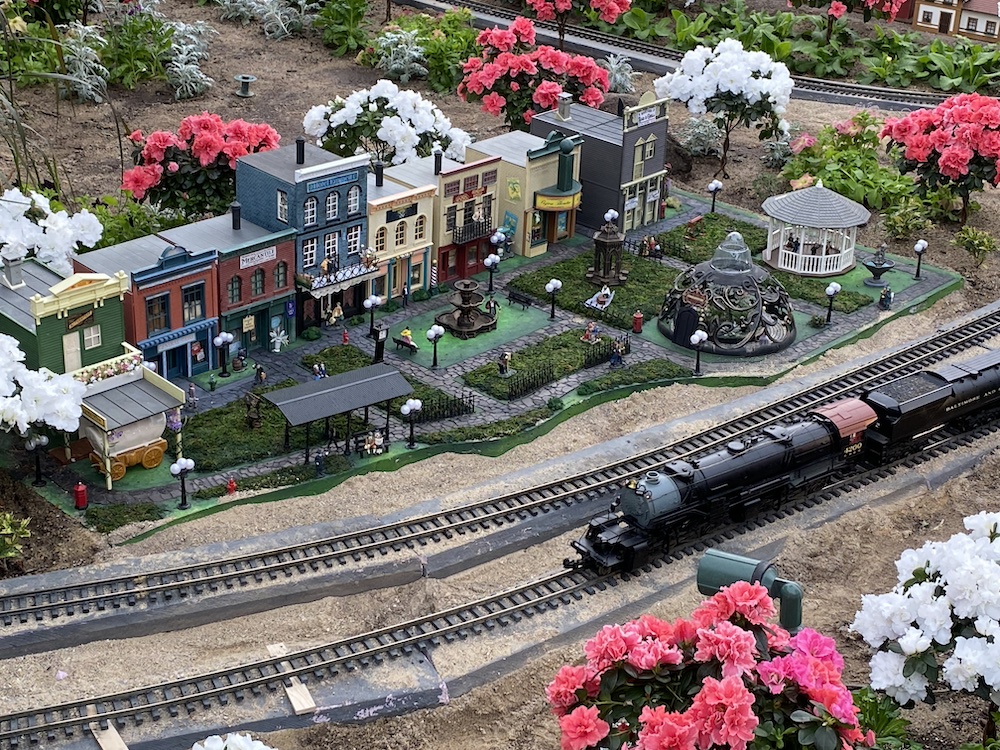
From simple elevated loops to railroading empires through a floral oasis, consider these permanent large-scale displays and garden railroads you can visit: Both across the United States and around the world. Please note that the status of any location can change, which is why it’s recommended to contact prior to a planned visit. If you […]
Read More…
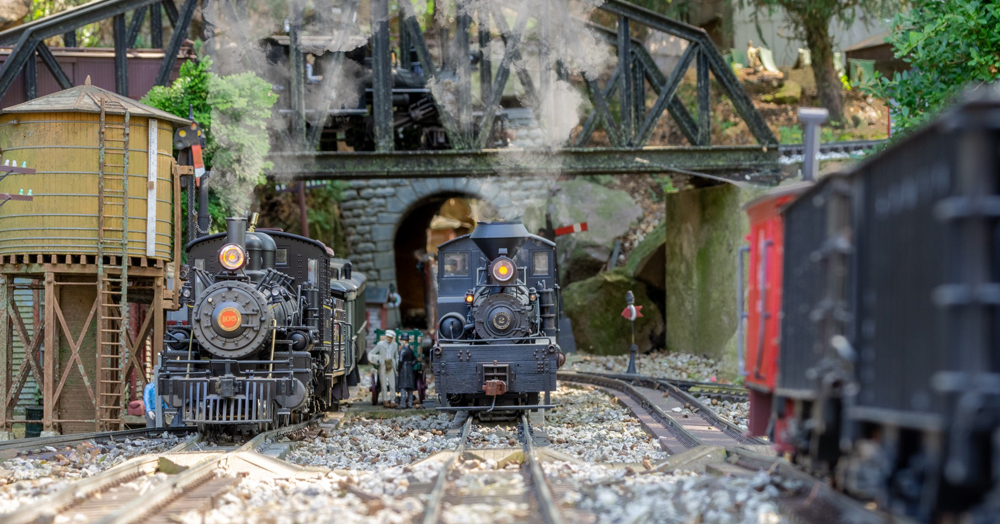
Meet Randy Mower In a paragraph, how did you get started in the hobby? I started my garden railway 30 years ago after attending a National Garden Railway Convention in Washington D.C. My father lived in Chicago at the time and had a small LGB garden railway, so I was somewhat familiar with it, […]
Read More…
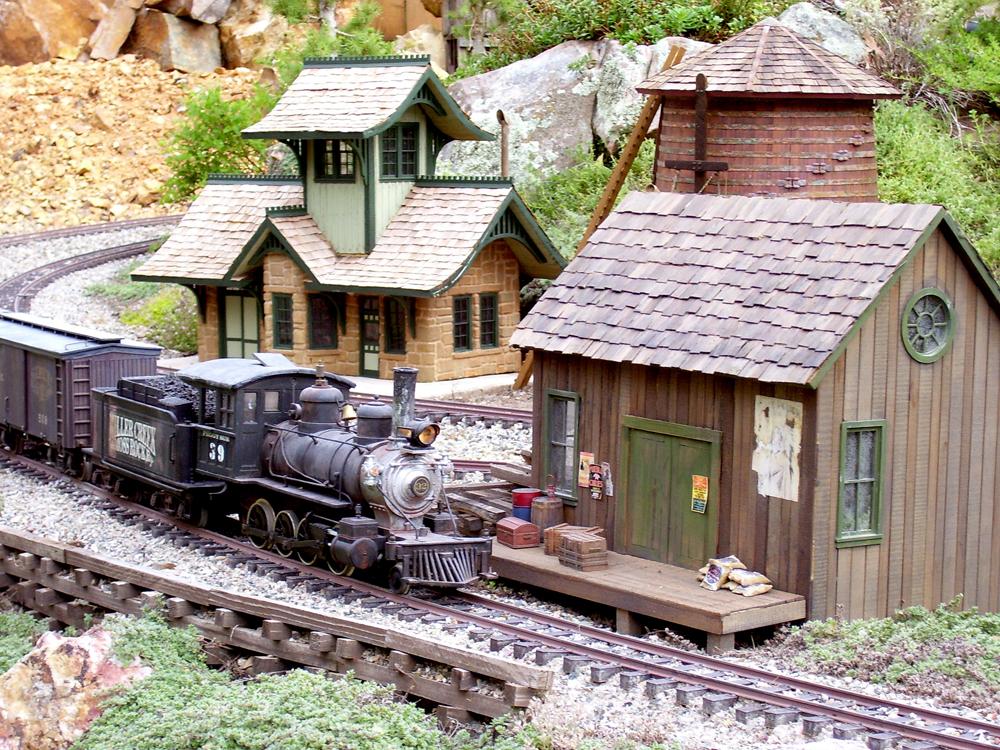
Freelance Colorado narrow-gauge branch line The railway at a glance Name: Miller Creek & Moss Rock Railway Size of railroad: 30′ x 40′, approximately Scale: 1:24 Gauge: 45mm (no. 1) Era: Pre-WWII Theme: Freelance Colorado narrow-gauge branch line Age: 6 years Motive power: NiMH-battery-operated Delton Consolidation Length of mainline: 130′, (approximately) Maximum gradient: 3.5% Type […]
Read More…












